Tomatoes are the backbone of countless recipes—from rich pasta sauces to vibrant salsas and hearty stews.
Whether you’re preserving a summer harvest or prepping ingredients for tonight’s dinner, knowing how long to boil tomatoes is essential. But the answer isn’t one-size-fits-all.
The boiling time varies depending on your goal: peeling, cooking, or canning. In this guide, we’ll break down each scenario, explain the science behind boiling tomatoes, and offer tips to help you get perfect results every time.
Why Do You Need To Boil Tomatoes?
Table of Contents
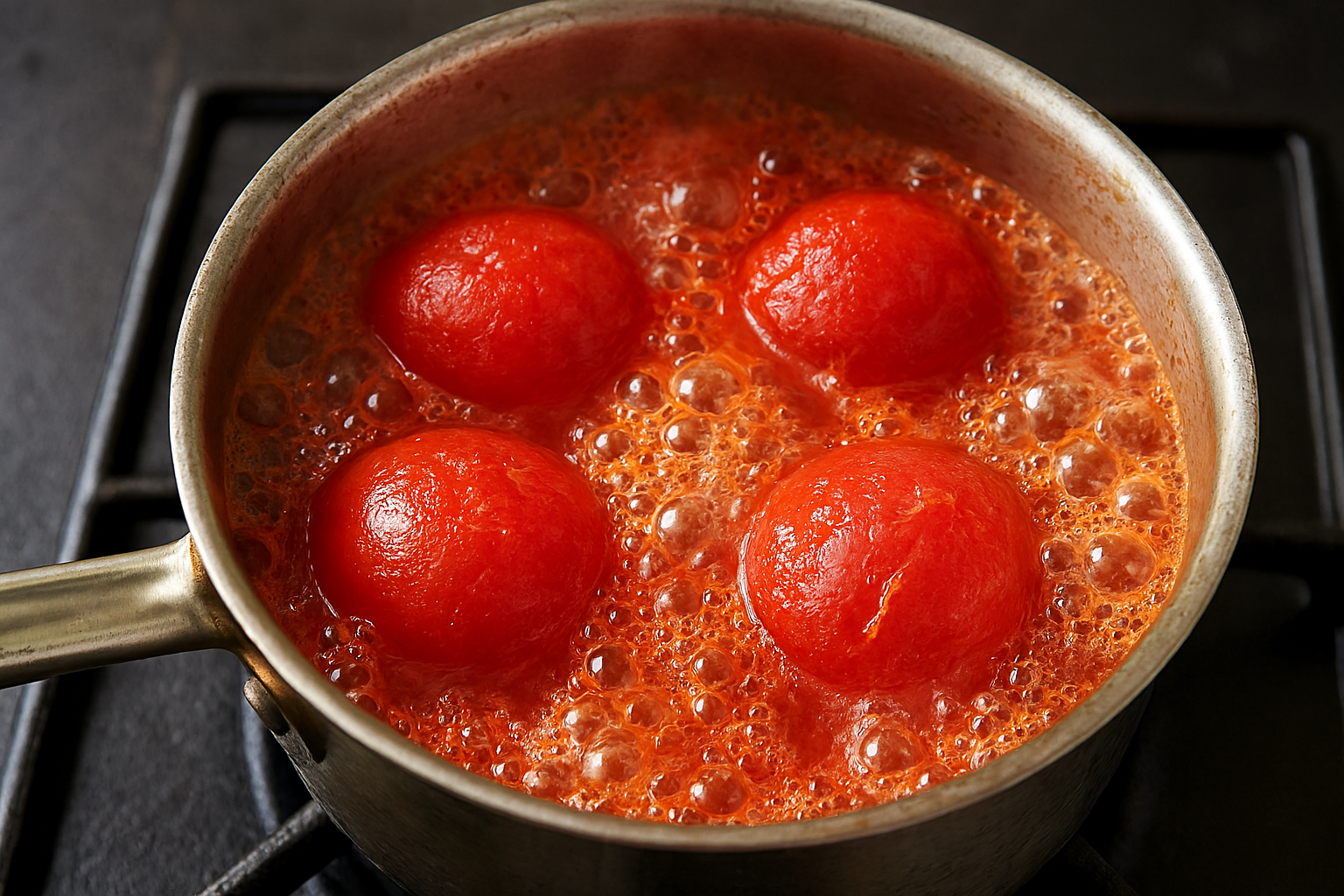
Boiling tomatoes serves several purposes:
- To loosen the skin for easy peeling
- To soften the flesh for sauces or soups
- To prepare them for safe canning and preservation
Each use case requires a slightly different approach, and understanding the nuances will elevate your cooking game.
Boiling Tomatoes for Peeling

Peeling tomatoes is often the first step in making sauces, soups, or canned goods. The skin can be tough and bitter, so removing it improves texture and flavor.
Now here’s hthe step by step guide to boil tomatoes for peeling.
Score the tomatoes – Use a sharp knife to cut a shallow “X” on the bottom of each tomato.
Boil water – Fill a large pot with water and bring it to a rolling boil.
Prepare an ice bath – Fill a bowl with ice water to stop the cooking process.
Boil the tomatoes – Drop the tomatoes into the boiling water for 20 to 30 seconds, or until the skin starts to wrinkle or peel away.
Transfer to ice bath – Immediately move the tomatoes to the ice bath for 1–2 minutes.
Once cooled, the skin should slip off easily.
Tips To Boil Tomatoes
- Don’t overboil—this method is meant to loosen the skin, not cook the tomato.
- Work in batches to avoid overcrowding the pot.
Boiling Tomatoes for Sauces and Soups
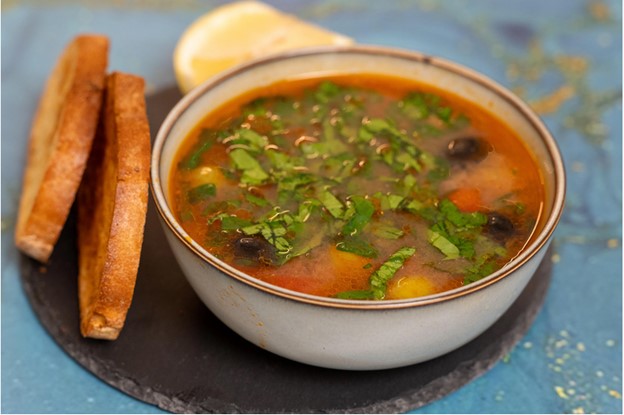
When making tomato-based dishes like marinara, bisque, or salsa, boiling helps soften the tomatoes and intensify their flavor.
Boiling Time
- 1 to 2 minutes is usually sufficient to soften the tomatoes for blending or crushing.
- For chunkier sauces, you may want to boil for up to 5 minutes, depending on the tomato’s firmness.
Technique
- After peeling, return the tomatoes to boiling water or simmer them in your sauce base.
- Stir occasionally to prevent sticking and ensure even cooking.
Flavor Boosters
- Add salt, garlic, or herbs to the boiling water for a subtle infusion.
- Roasting tomatoes before boiling can deepen their flavor.
Boiling Tomatoes for Canning
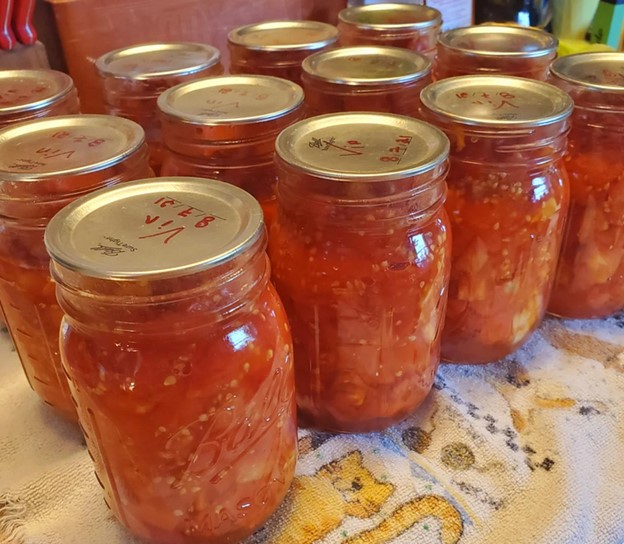
Canning tomatoes is a great way to preserve their freshness year-round. The boiling process here is more about sterilization and sealing than cooking.
Equipment Needed.
- Canning jars and lids
- Jar lifter
- Large pot or water bath canner
- Lemon juice or citric acid
Process
- Peel the tomatoes using the method above.
- Sterilize jars – Boil empty jars for 10 minutes.
- Fill jars – Add peeled tomatoes and 1 tablespoon of bottled lemon juice per pint.
- Seal jars – Leave ½ inch headspace, wipe rims, and screw on lids.
- Boil jars – Submerge in boiling water and process for:
- Always use bottled lemon juice to ensure proper acidity.
- Make sure jars are fully submerged with 1–2 inches of water above the lids.
Tomato Varieties and Boiling Time
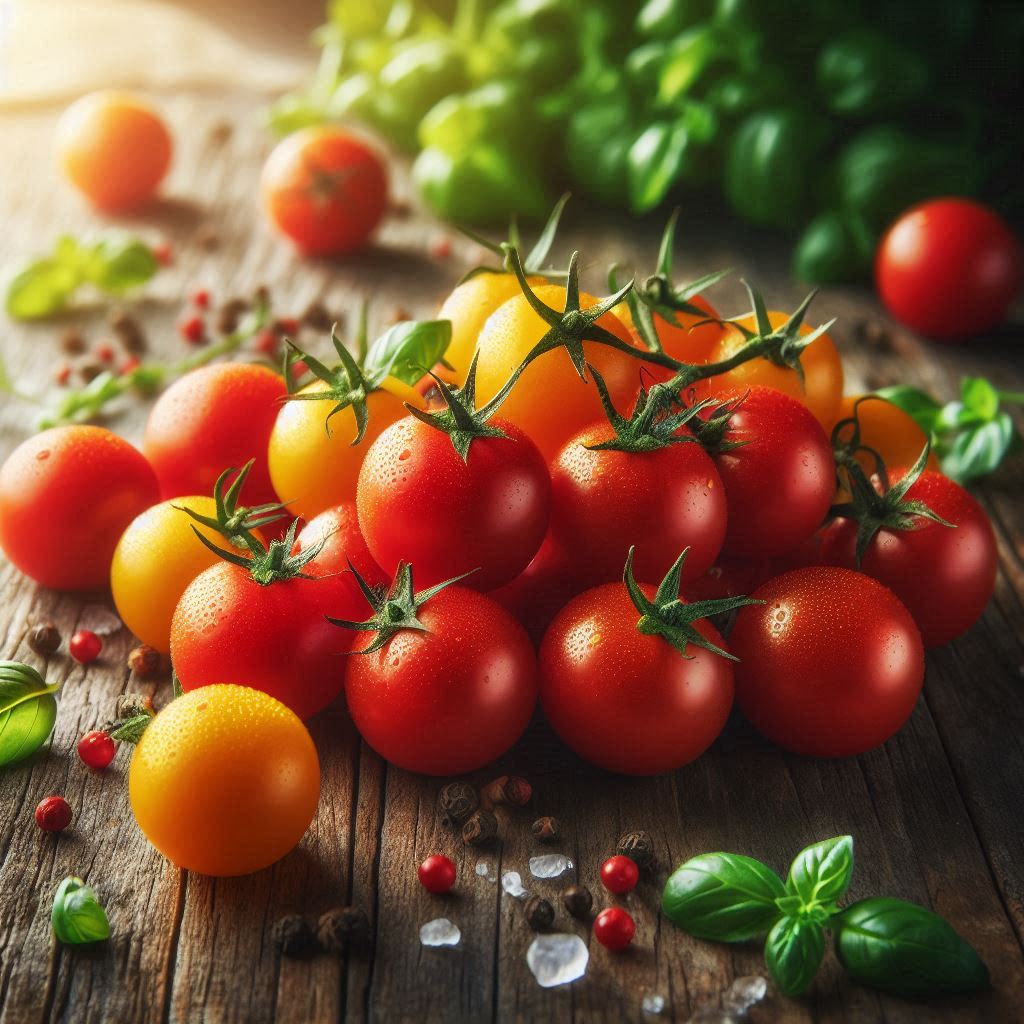
Different types of tomatoes behave differently when boiled:
- Ripe tomatoes peel more easily and soften faster.
- Unripe tomatoes may need longer boiling and yield less flavorful results.
The Science Behind Boiling Tomatoes
Tomato skin is made of cellulose and pectin, which are resistant to heat. Boiling breaks down these compounds, loosening the skin and softening the flesh.
The ice bath halts this process instantly, preventing overcooking and preserving texture.
Flavor and Texture Tips
Here are some handful tips to keep the texture andthe flavour of tomatoes intact while boiling.
- Drain excess liquid after boiling to avoid watery sauces.
- Blend boiled tomatoes for smooth textures or crush for rustic dishes.
- Season after boiling to retain flavor potency.
Creative Uses for Boiled Tomatoes
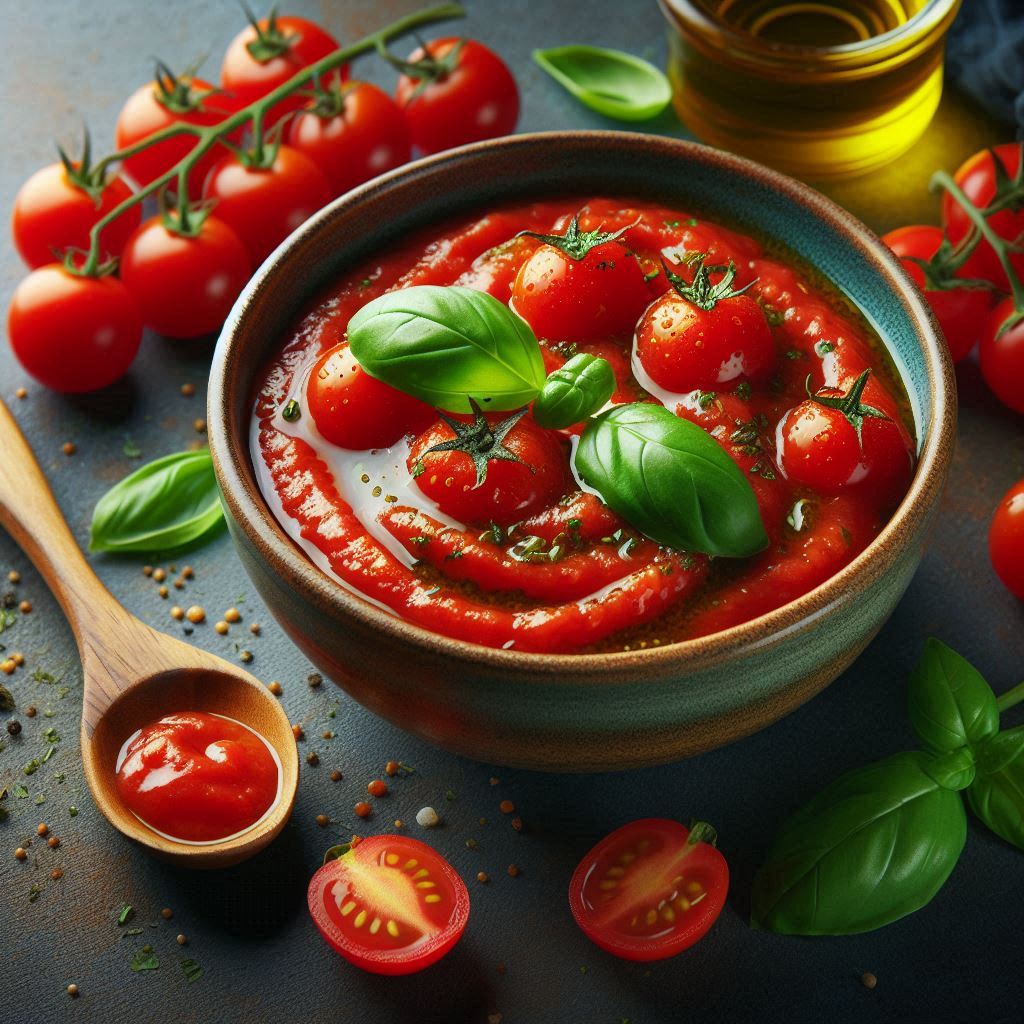
Once boiled, tomatoes become a versatile ingredient:
- Classic Marinara Sauce – Simmer with garlic, basil, and olive oil.
- Spicy Salsa – Mix with onions, chilies, and cilantro.
- Tomato Soup – Blend with cream and herbs.
- Gazpacho – Chill and serve with cucumber and bell pepper.
Cleaning Up The Mess
Boiling tomatoes can get messy. Here’s how to clean up efficiently:
- Use a slotted spoon to avoid splashes.
- Wipe down counters immediately to prevent staining.
- Wash pots with baking soda to remove residue.
Wrapping Up
Boiling tomatoes is a simple yet powerful technique that unlocks their full culinary potential.
Whether you’re peeling, cooking, or preserving, timing is everything. Short boils for peeling, medium for cooking, and long for canning—each method has its place in the kitchen.
By mastering these techniques, you’ll not only save time but also enhance the flavor and texture of your dishes. So, next time you’re staring down a pile of fresh tomatoes, you’ll know exactly what to do.
Leave a Reply